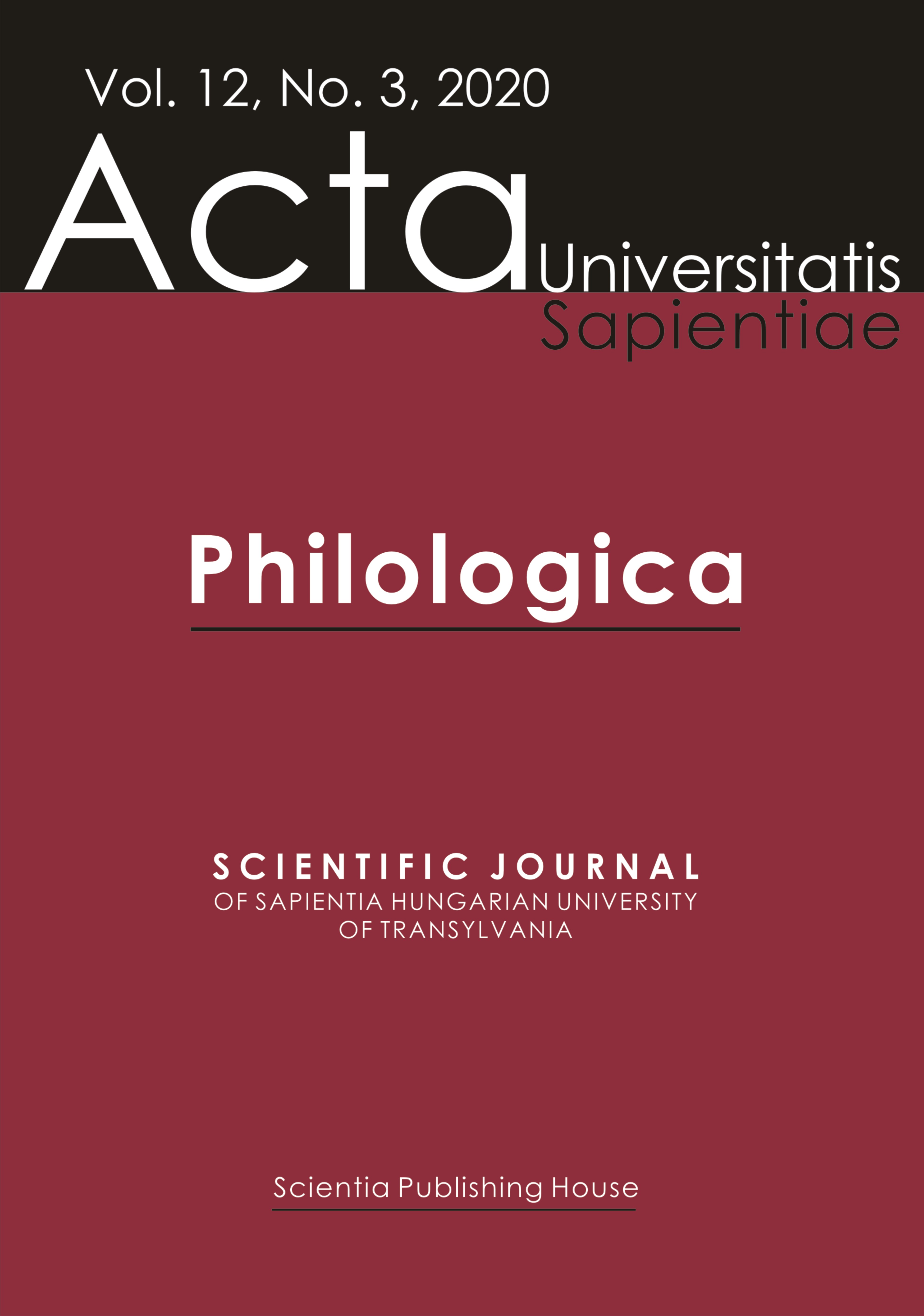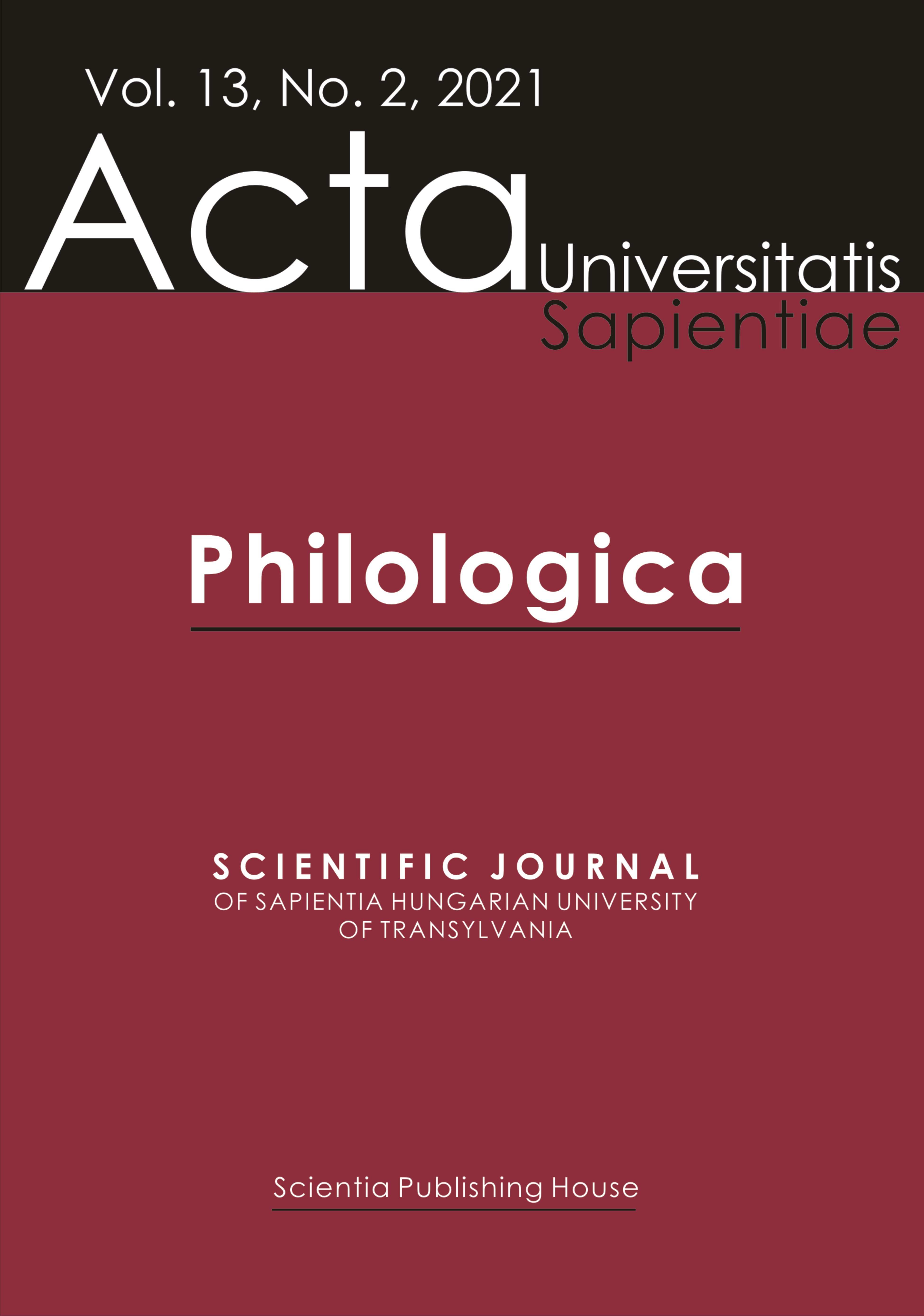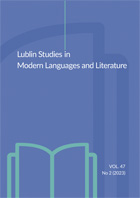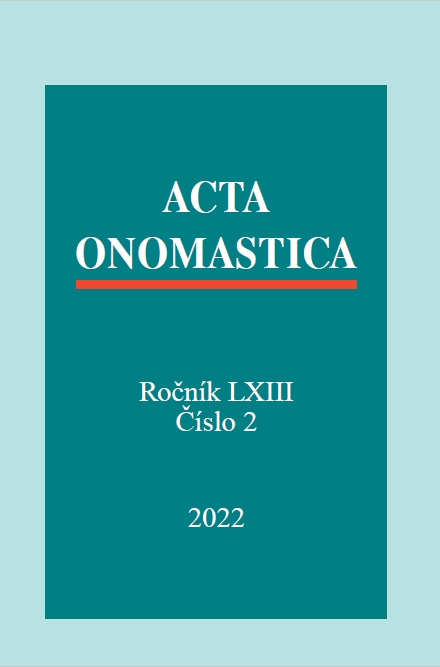Author(s): Iwona Nowakowska-Kempna / Language(s): Polish
Issue: 02/2023
The diversity of the contemporary Silesian dialects corresponds to the division adopted by K. Nitsch (1960), apart from the non-existence of the Lach dialects that are extinct in this area. However, the dialects present in Silesia have become richer by the Southern Borderlands dialect, which is used mainly by repatriates living in villages (and small towns) in the area stretching from the Katowice to the Wrocław regions. The linguistic analysis of a given dialect is still determined based on the inhabitants’ speech, that is relying on the usage and function criterion. This opens the prospect of studying language by means of the paradigms applying the usage-based models of language, such as cognitivism, sociolinguistics, and dialectology. The most commonly used variation of Polish is mixed, where the dialect intertwines with the general language and which is characterised by stylistic diversity (e.g. the colloquial and scientific styles); hence, the application of language usage-based paradigms, which enable the presentation of language in sociocultural processes (e.g. dromology, mediamorphosis, and glocalisation, i.e. globalisation and localisation combined) is important in the research of this kind. When determining dialectal characteristics, E. Rosch’s prototype theory is also useful, as it permits the detection of canonical (prototypical) features of a given dialect, usually phonetic ones, which allow its distinction from another dialect by criteria. This is because the traditional division of Silesian dialects has undergone certain transformations concerned with a shi of Silesian dialects’ influences with respect to Lesser and Greater Polish ones, expansion of the mixed area at the borderline between dialects, establishment of mixed Polish, and reduction of the number of people speaking a dialect only. The diversity of dialects as a prestigious variation of Polish in Silesia attests to the abundance of regional experiences of the lands and requires a further holistic research of the language transformations occurring in Silesia.
More...










